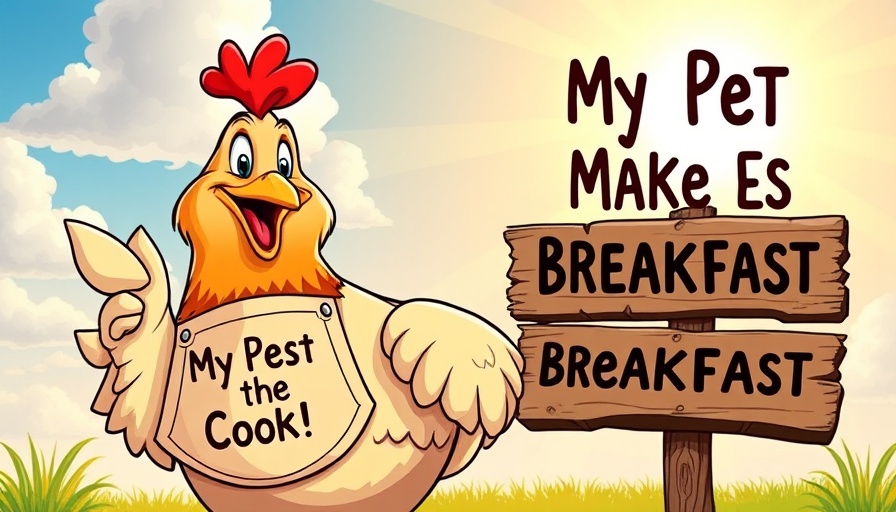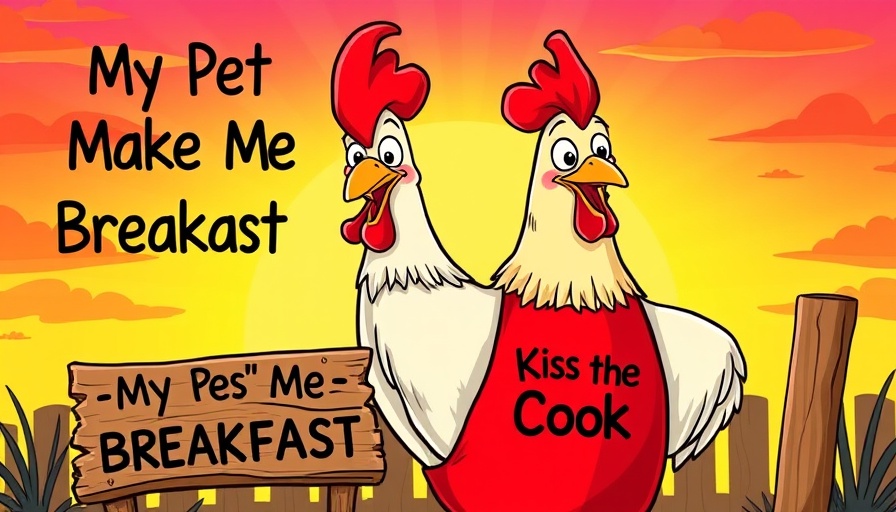
Understanding Prolapsed Egg Sacs in Birds
Prolapsed egg sacs, also known as uterine prolapses, can occur in various bird species, particularly in laying hens. This condition is characterized by the protrusion of the reproductive tract through the vent, often presenting as an alarming sight for bird owners. Fortunately, prompt and proper intervention can help remedy the situation.
The Causes of Prolapse and Risk Factors
Many factors can contribute to the occurrence of a prolapsed egg sac. These include anatomical abnormalities, excessive body weight, dehydration, or deficiencies in essential nutrients, such as calcium and vitamin D. Stressful environments or overbreeding can also increase the risk. Recognizing these factors is crucial for prevention and timely intervention.
Signs and Symptoms to Look For
Bird owners should be vigilant for signs indicating a possible prolapsed egg sac. Symptoms may include straining to lay eggs, visible swelling or tissue protrusion, lethargy, and a decrease in egg production. If any of these signs are observed, immediate veterinary attention is essential to mitigate complications.
Treatment Options
Management of a prolapsed egg sac typically involves several steps, starting with careful cleaning and protecting the prolapsed tissue. Depending on the severity, a veterinarian may employ surgical correction or hormonal treatments to assist in recovery. The prognosis improves significantly with early detection and intervention.
Future Considerations for Bird Owners
Understanding the risks associated with prolapsed egg sacs empowers bird owners to take preventive measures. Regular veterinary check-ups and a balanced diet can significantly reduce the risks associated with this condition.
 Add Row
Add Row  Add
Add 




Write A Comment